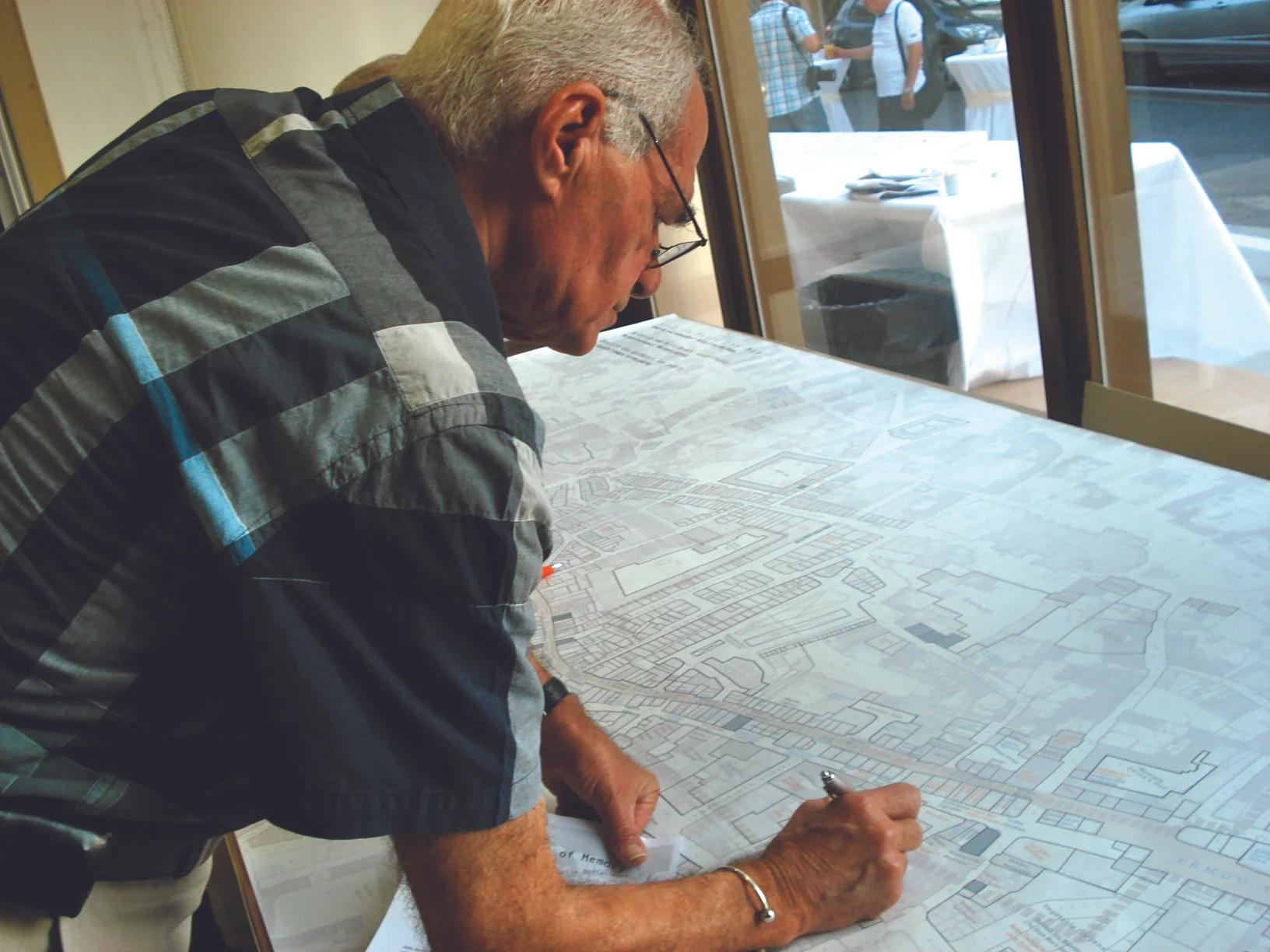











https://blogs.libraries.rutgers.edu/our-land-our-stories/about
Our Land, Our Stories, a collaborative project with Rutgers University, Department of Landscape Architecture and the Ramapough Lunaape Nation, is a multimedia project for environmental justice advocacy and curriculum development for Native American history and contemporary Indigenous land relations. The project elucidates how relationships to land are disrupted by environmental pollution. It explains how negative portrayals of Native American communities have contributed to the targeting of their lands as dumpsites, while leaving them marginalized in the remediation process. It illustrates how Indigenous communities are responding with programs for cultural restoration and food sovereignty. Project materials were created in collaboration with the Turtle Clan, many of whom live on a Superfund site. Materials include the Our Land, Our Stories book, The Meaning of the Seed documentary film, traveling exhibits , short video projects on our YouTube channel , social media platforms , and this digital exhibit for Rutgers University Libraries. Utilizing a variety of formats, the project incorporates multiple voices and creates a multi-media forum for sharing important stories of land and loss, and of survival and recovery.
Narratives of environmental contamination, continuity, and survival from the Ramapough Lunaape in Ringwood, New Jersey. Our Land, Our Stories will be on exhibit at the Newark Public Library through December 2019. Based on the book, this exhibit focuses on illustrating the connections between scientific data, environmental remediation reports, and personal narratives of the cultural and spiritual traditions of the Ramapough community living on the Ringwood Mines/Landfill Superfund Site.

Watch a short video about the exhibition
Nicosia’s walled city has always been the place where the many layers of Cyprus’ cultures and histories converged. However, the multiple perspectives offered by Nicosia’s history have been held in the shadows, as traditional narratives of the past have focused on singular points of view. With the division of the city from the 1950s onwards the vibrant urban landscape, with its rich set of social, cultural and economic relations, was radically altered, leading to the decay of the areas around the Green Line.
Nicosia: Topographies of Memory presents the research of Anita Bakshi, who sought to uncover the memories of Ermou Street, now enclosed within the buffer zone, and the areas around it, where all communities in Cyprus traded and shopped together. This area is an important resource, containing a wealth of information about the nature of coexistence or conflict between diverse communities in Cyprus.
This exhibition attempts to bring this information to light by reconstructing the Ermou marketplace – using maps that were created from memories and narratives provided by shopkeepers who once worked or lived in this area. The exhibition reveals that memories are incomplete and oftentimes in conflict with each other, raising the question of how we may seek to grapple with complex and varied portrayals of the past. In many ways, the exhibition is only a starting point for a much longer process of asking more questions about how learning about and from the past can carry on.